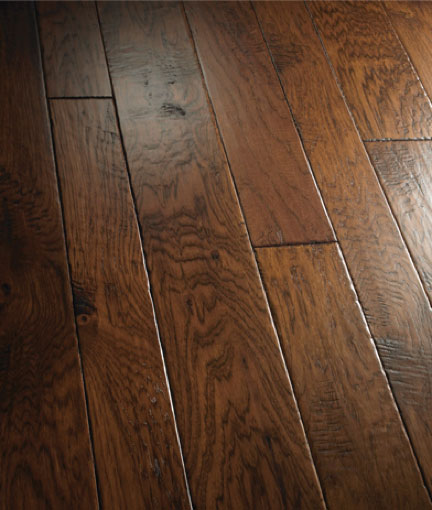If you’ve installed or inherited solid hardwood flooring, it is important to understand that gaps will develop inevitably, at one point or another. Gaps can be a bit of a problem in a few different ways. First, no one likes the way a floor with gaps looks. Second, gaps between hardwood planks tend to collect dirt. They make cleaning even more time-consuming than it already is. Third, flooring gaps can become tripping hazards if the gap is big enough, or if the wood begins to curl.
How do Floorboard Gaps Occur?
Gapping occurs as old wood flooring shrinks over time. If the floorboards were not laid properly to begin with, the problem usually becomes much worse, in a shorter amount of time. Water damage is also a common cause of gapped wood. Moisture can cause wood boards to expand, and then shrink as the water dries out.

Your floor gaps might be seasonal.
What Should You do?
In many cases, it’s actually okay to do nothing. Wood naturally expands and contracts in accordance with seasonal changes in humidity. This is common in many wood furniture items, which can be subject to “seasonal splitting” during dry winter months. If your wood flooring is prone to gaps during the winter but seems to be in good condition during the summer, it’s best to leave your floors alone. Attempting to fill small gaps during the winter can cause crowding and buckling when your wood flooring re-expands again in the summer. If your wood flooring has very wide gaps that are permanent all year round, you should consider calling a team that specializes in repairing hardwood floors.
Do you notice gaps in your hardwood floors? Are you looking to have your flooring repair or refinish our wood floors? Send us a message to receive a free consultation or visit us at our showrooms in Denver or Evergreen.

